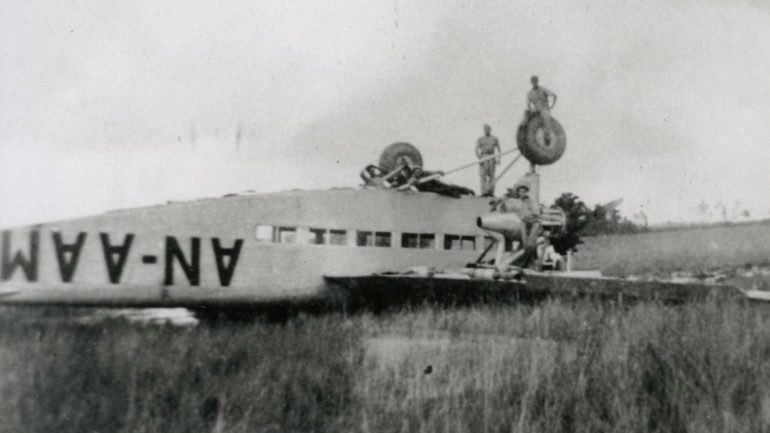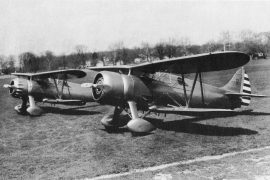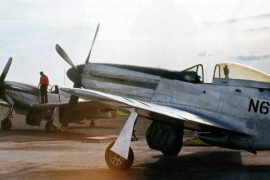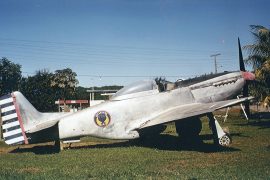If you are reading this, you probably have also gone beyond the interesting articles and the exhortations concerning LAAHS membership. These urge us to be active contributors of bits and pieces of information. Perhaps we can add a bit to the important history in Nicaragua of the Ford Tri-Motor. The book “The Ford Story“, produced in 1957 by William T. Larkins, seemed to have uncovered a list of TACA AN-registered Fords between 1942 and 1945. There’s also an updated list of Nicaraguan Fords in an Air Britain summary published in 1978. Does the 1987 revised edition of “The Ford Story” add anything new? (An example of how a member with this resource can contribute!)
TACA eventually became the main operator of the AN-registered Fords, between 1935 and 1945. Three regions were served: Managua, the capitol; Puerto Cabezas / Bluefields, the East coast; Siuna / Bonanza, and the gold mines in the North Eastern mountains. The first Fords that arrived in Nicaragua, however, were those of the U.S. Marine Corps. The metal Tri-Motor proved to be much better than the fabric Fokker F.VII / TA-1, which the USMC had used earlier during the Nicaraguan campaign.
Amidst a trip to Nicaragua in February 1988, the writer found the following references to some Ford Tri-Motors:
1) “The First Civil Aviation” developed when president Sacasa (1933-36) bought four Ford Tri-Motors in Colombia. They soon were sold to TACA, one being AN-AAR. Unfortunately, we don’t know their previous Colombian identities.
2) LANEV operated three Ford Tri-Motors; the airline (renamed as LANEP by then) was absorbed on 16 October 1935 by TACA. The “P” pertained to the Palazio family. The initial “V” was for Vannet -an U.S. citizen- rather than Luis Venditti (an Italian flier who visited from Costa Rica in the 1920s). However, we need to corroborate this information.
Accidents defined and often ended (until rebuilding) the life of the rugged Ford Tri-Motors. Who can provide details regarding the “hard landing” of AN-AAM? Here is your chance to “Volunteer” your information, working “Shoulder to Shoulder”, as the LAAHS mission defines as our method.





